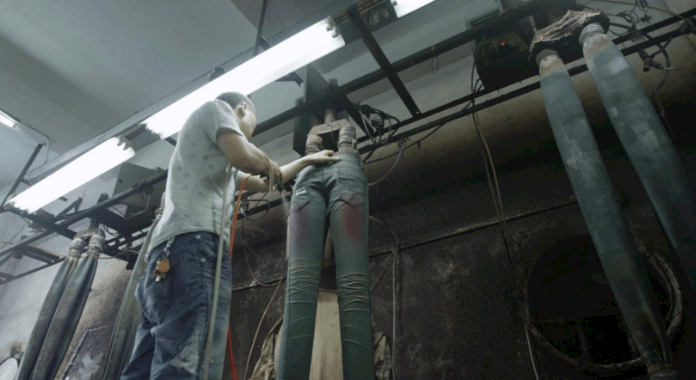Huffington Post
L. Hunter Lovins
November 2017
With Catherine Tedrow and Lauren Hill, Bard MBA students
Remember how you felt after hearing about the collapse of the Rana Plaza? More than 1,100 garment workers died and thousands more were injured. As searchers clawed through the rubble looking for survivors, they found clothing tags from large international apparel brands. These wholesalers and retailers clearly had a hand in this tragedy. But how? And what can we, the buyers of clothes, do to ensure that what is on our backs come from a responsibly managed factory? Do you really know where your clothes come from or how they’re made? Whether you know it or not, you are linked to the conditions that garment workers are exposed to, and the risks they face so you can buy a t-shirt or pair of jeans.
In the wake of the tragedy, consumers hungered to know more about the working conditions of the well over 60 million women and men who make our clothes and the millions of small, medium, and large enterprises that make up our global apparel supply chain. Brands began to engage with their supply chain as consumers started to ask questions. In 2017, over 1,000 mainstream brands responded to #whomademyclothesthat reached 150 million people. Committed apparel brands took the Transparency Pledge to make their supply chains less opaque. They disclosed information about facilities in developing countries with whom they contract. They found out who their authorized facilities were and at what address they can be found. They determined who owns the facilities, what products they make, and how many workers can be found at each facility. Through the Garment Worker Diaries, organizations like Fashion Revolution expanded our understanding of the downstream impacts our decision to buy a shirt has on the lives of garment workers in India,
Cambodia and Bangladesh. Despite these efforts, health and safety hazards and low wages still plague the industry, even in the United States.
READ FULL ARTICLE…
READ FULL ARTICLE…


Leave a Reply